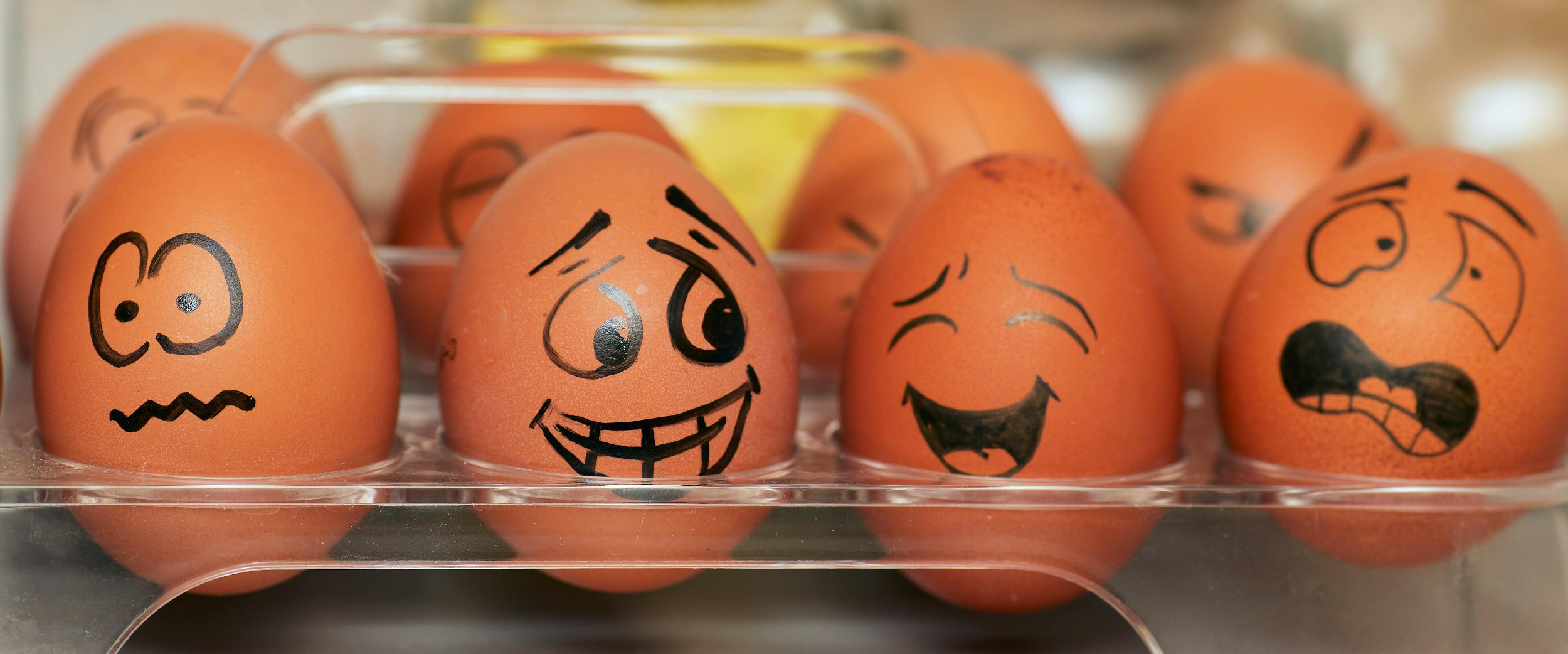This is a two-part post about the use of humour in situations where it would seem that laughter or jokes would be inappropriate at best, or macabre at worst. What people find funny is subjective, but for a lot of people going through times of crisis, “if you don’t laugh, you’ll cry” can be an accurate insight. Stay tuned for part two, where author Anne Kristiansen shares an excerpt from her humourous breast cancer memoir, The Angel in the Marble.
The words “breast cancer” and “humour” are seldom in the same sentence. When it is revealed that someone has breast cancer, or any type of cancer, reactions are often in the form of sympathy, compassion, anger, denial, pity, or empathy; not jokes or laughter. While all emotions about being diagnosed or living with breast cancer are valid, having a sense of humour about it is often seen as being in bad taste or disrespectful. The role of humour in times of crisis generally gets a bad rap, whether it’s a natural disaster like Hurricane Katrina, or something personal, like a breast cancer diagnosis; however, it has been well documented that laughing about tragic or terrible things can make those things more easily borne, especially when that laughter is shared.
In comedy circles and humour studies, there is a saying that “tragedy + time = comedy”, but for some women, the time is now. Comedians like Wanda Sykes and Tig Notaro dig deep into personal breast cancer tragedy and transform it into comedy on stage and television. New York Times columnist Suleika Jouad and her friend Kristen Howard bonded over their cancer treatments and created a comedic mockumentary video series entitled “Real Housewives of Chemotherapy”. Humourous cancer memoirs abound, as do cartoonists, guides, greeting cards and even musicals. This type of humour is categorized as “dark” or “black” humour, which deals with making light of taboo, painful, or morbid topics, and it’s used as a method to not only amuse and disarm an audience, but also provoke serious thought.
Humour can also be a useful tool in the doctor-patient relationship, easing anxiety or embarrassment that may come with intimate questioning or examinations. For those with breast cancer, this relationship with an oncologist could be prolonged, not only for the patient, but also with their family. Being able to joke or use other forms of humour together as a coping mechanism can build familiarity and affiliation with the oncologist, and it’s a reminder that the doctor is another human being who also exists outside their official medical capacity.
Laughter may not be the best medicine, but there is evidence to support that it can help, psychologically as well as physically, as a sort of complementary medicine. The chronic and prolonged stress of a breast cancer diagnosis, treatment regime, and time spent waiting for test results can have negative impacts on the immune system and metabolism, due in part to the overactivity of cortisol, a hormone which is important for stress regulation as well as many other metabolic functions. Laughing releases endorphins, relieves tension and anxiety, and can make it easier to talk about taboo topics like breast cancer or other sensitive things. Using humour can create a sense of empowerment over situations that seem out of one’s control, can facilitate bonding over shared traumatic experiences, and provide a way to normalize the experience.
Photo by Tangyart on Unsplash.







